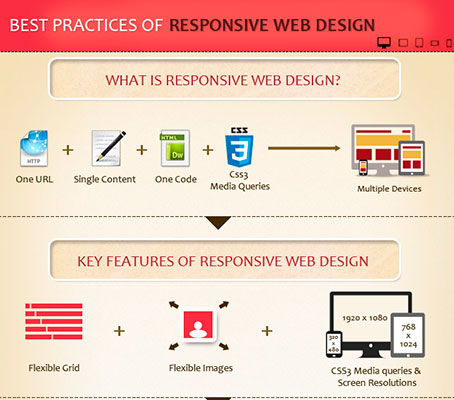Eager To Discover How Web Site Design Has Changed In Time? Dive Into The Development From Simplicity To User-Focused Experiences
Eager To Discover How Web Site Design Has Changed In Time? Dive Into The Development From Simplicity To User-Focused Experiences
Blog Article
Post Writer-Booker Lunde
In the past, websites were easy and focused on details. Navigating was direct, and style was for desktops. Now, customer experience is essential. Information guides styles for easy navigation. Responsive layouts match different devices. Today, dark setting minimizes stress, and minimal food selections enhance navigation. Interactive features engage individuals, and bold visuals stand apart. https://www.cmswire.com/digital-marketing/is-it-possible-to-have-both-privacy-and-personalization/ . See exactly how layout has progressed to improve your on the internet trip.
Very Early Days of Website Design
In the early days of web design, simplicity preponderated. Internet sites were standard, with limited shades, fonts, and formats. The emphasis got on giving info rather than flashy visuals. Customers accessed the internet with slow-moving dial-up connections, so speed and performance were vital.
Navigating menus were straightforward, normally located on top or side of the page. Web sites were created for computer, as mobile browsing had not been yet prevalent. Web content was king, and designers prioritized easy readability over intricate layout elements.
HTML was the key coding language used, and developers needed to function within its constraints. Computer animations and interactive functions were very little compared to today's requirements. Web sites were fixed, with little vibrant web content or tailored user experiences.
Surge of User-Focused Layout
With the development of internet site design, a change towards user-focused style principles has become progressively popular. Today, developing sites that focus on individual experience is critical for engaging site visitors and accomplishing company goals. User-focused style involves understanding the demands, choices, and actions of your target audience to customize the website's design, content, and features accordingly.
Designers now perform detailed research study, such as user surveys and use screening, to collect insights and comments straight from customers. This data-driven method assists in developing intuitive navigating, clear calls-to-action, and aesthetically attractive interfaces that reverberate with visitors. By placing the customer at the center of the design process, web sites can deliver a more individualized and pleasurable experience.
Receptive layout has actually also emerged as a key facet of user-focused style, making certain that web sites are enhanced for different gadgets and display dimensions. This versatility improves availability and usability, satisfying the diverse ways customers interact with websites today. Basically, the surge of user-focused style indicates a change in the direction of developing electronic experiences that focus on the demands and assumptions of completion individual.
Modern Trends in Web Design
Discover the latest trends shaping website design today. One popular trend is dark mode design, providing a smooth and modern-day look while minimizing eye pressure in low-light settings. Another crucial pattern is minimalist navigation, streamlining menus and improving user experience by concentrating on essential elements. Including micro-interactions, such as animated switches or scrolling impacts, can develop an extra interesting and interactive site. Receptive design remains vital, ensuring smooth customer experiences across numerous gadgets. In addition, making use of vibrant typography and unbalanced layouts can add aesthetic rate of interest and draw attention to specific material.
Incorporating AI technology, like chatbots for client support or individualized referrals, improves individual involvement and simplifies processes. Availability has likewise become a substantial pattern, with developers focusing on inclusive style practices to accommodate diverse individual needs. Embracing sustainability by enhancing internet site efficiency for speed and effectiveness is one more arising pattern in website design. Teaming up with individual responses and information analytics to iterate and enhance layout continually is crucial for staying relevant in the ever-evolving electronic landscape. By welcoming these modern fads, you can develop an aesthetically attractive, easy to use web site that reverberates with your target market.
Conclusion
As you assess the advancement of internet site layout from the very early days to currently, you can see exactly how user-focused layout has ended up being the driving force behind modern-day fads.
Accept the trip of change and adjustment in website design, always maintaining the user experience at the forefront.
Remain present with the most recent fads and modern technologies, and never quit progressing your strategy to develop aesthetically magnificent and easy to use websites.
Evolve, adjust, and produce - the future of web design remains in your hands.
